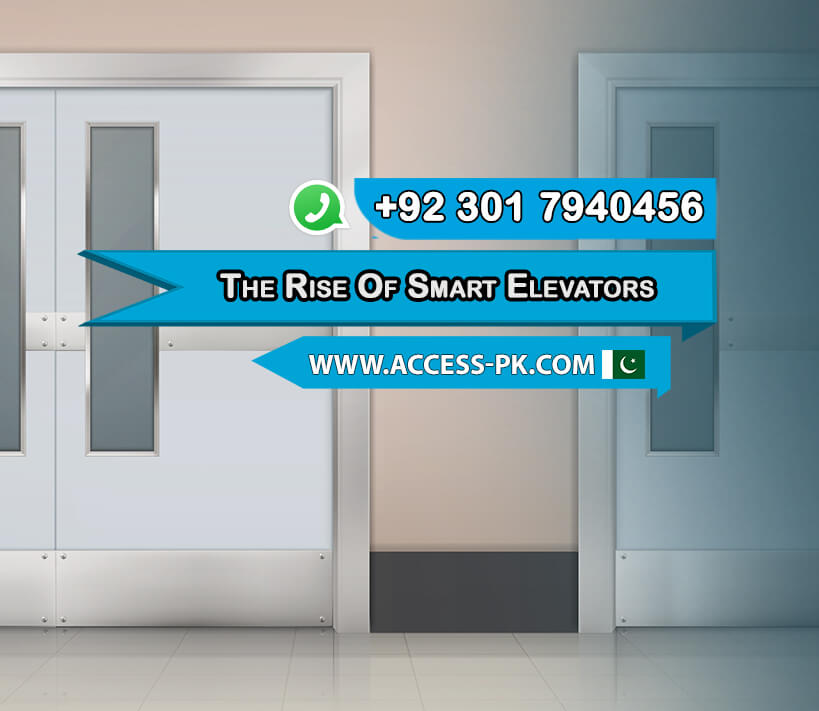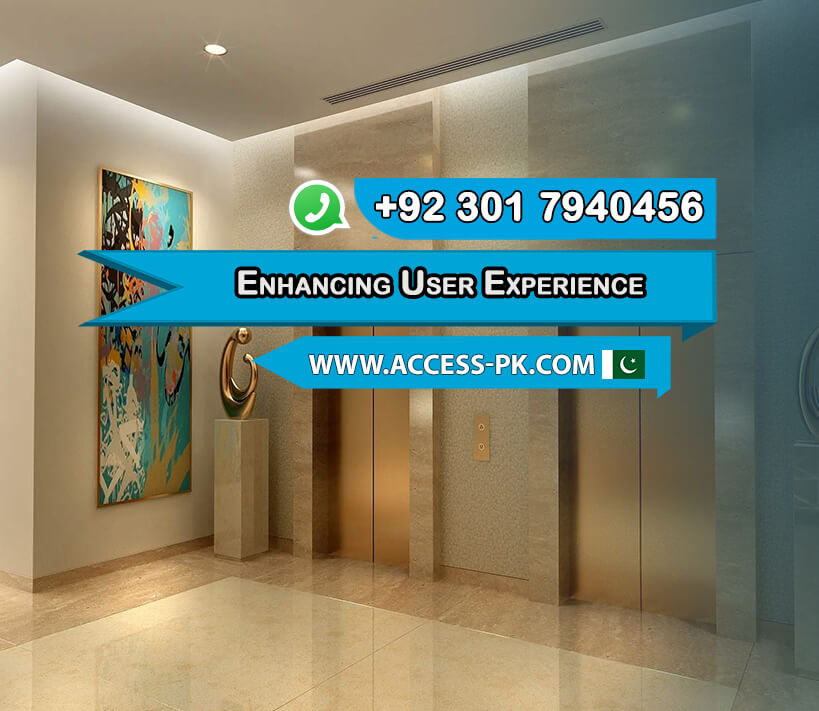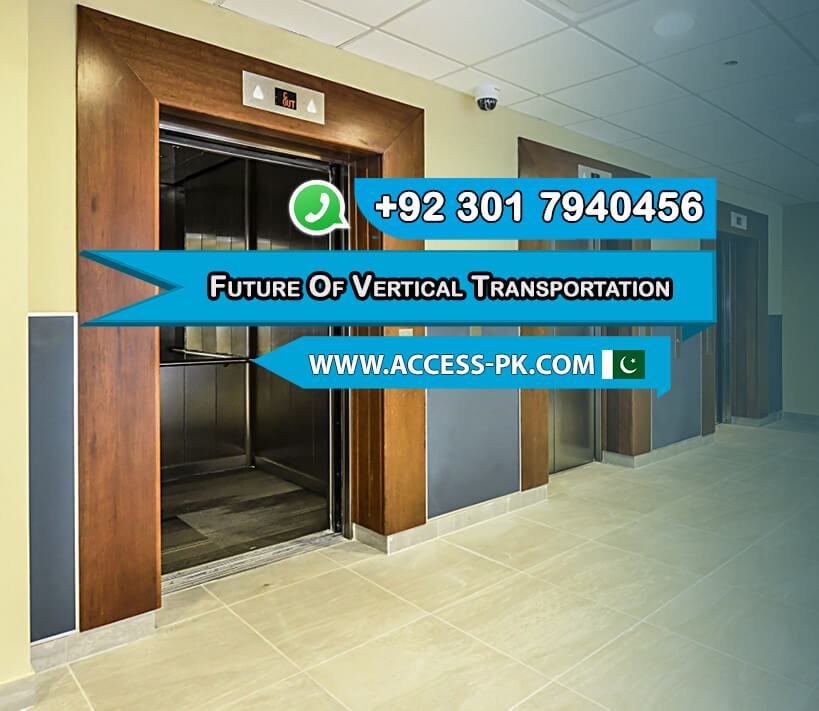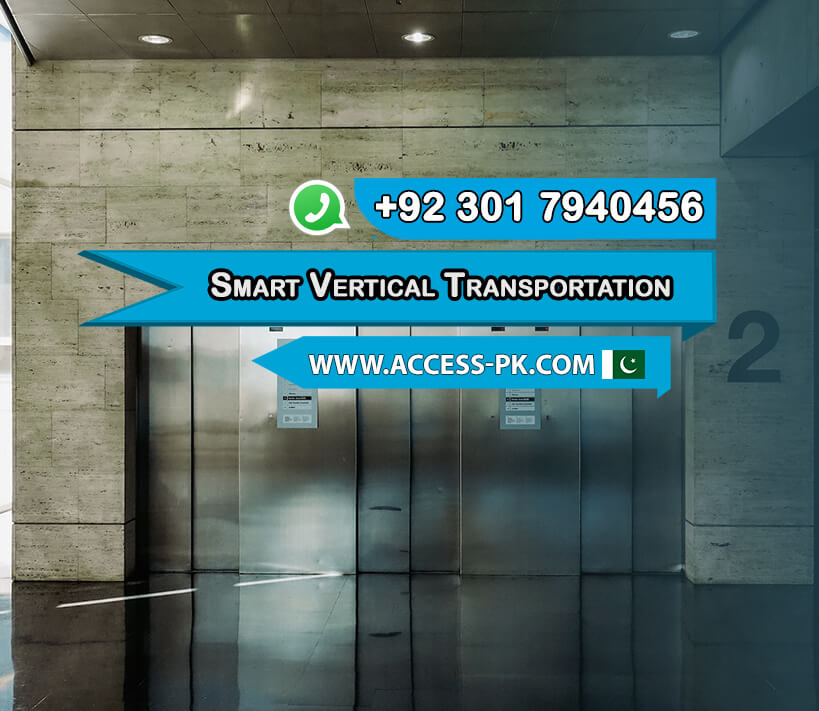The Evolution of Vertical Transportation has witnessed remarkable advancements over the years. From ancient civilizations’ rudimentary methods to today’s state-of-the-art technology, transportation has come a long way, reshaping our cities and improving our daily lives. In this context of progress and innovation, Access Technologies stands out as the best elevator company, owned by Imran Rafi.
In the early stages of vertical transportation, people relied on simple tools like ramps and pulleys to move goods and people between different levels. These primitive methods required significant physical effort and were often slow and inefficient. However, as societies evolved, so did the need for more sophisticated vertical transportation systems.
With the Industrial Revolution came significant breakthroughs in transportation. The development of the steam engine led to the creation of the first elevators, revolutionizing transportation. These early elevators were powered by steam and were mainly used for industrial purposes. They marked the transition from manual labor to mechanized vertical transportation.
The 20th century brought about even more revolutionary changes in transportation. The introduction of electric elevators made them faster, safer, and more accessible. This innovation led to the construction of taller buildings, changing the urban landscape and making vertical transportation an integral part of modern cities. Additionally, the advent of the “cargo lift” further streamlined the movement of goods within buildings, enhancing efficiency and convenience.
Get Quotes Now : 03017940456The Rise of Smart Elevators

The Rise of Smart Elevators has ushered in a new era of convenience and efficiency in vertical transportation, changing the way we navigate tall buildings and high-rises. These innovative systems are transforming our urban landscapes and improving the overall experience of vertical transportation.
Smart elevators are equipped with advanced technology that allows them to operate more efficiently and intelligently. They use sensors and algorithms to optimize elevator routes, reducing wait times and energy consumption. With real-time data analysis, they can adapt to changing traffic patterns, ensuring a smoother and faster vertical transportation experience for passengers.
One significant advantage of smart elevators is their ability to enhance building security. These elevators often require keycards or biometric authentication for access, adding an extra layer of safety. Additionally, they can be programmed to restrict unauthorized access to certain floors, providing improved security for residents and businesses.
Moreover, the integration of smart elevators with building management systems allows for remote monitoring and maintenance. This proactive approach helps prevent breakdowns and reduces downtime, ensuring uninterrupted vertical transportation services. It also enables predictive maintenance, addressing issues before they become major problems.
Get Quotes Now : 03017940456Enhancing User Experience

Enhancing User Experience in vertical transportation systems is crucial for ensuring safety, efficiency, and overall satisfaction. As technology continues to advance, various innovations are transforming the way people interact with elevators, escalators, and other transportation methods.
One significant aspect of improving the user experience in vertical transportation is enhancing safety features. Modern elevators are equipped with sensors and intelligent systems that detect anomalies and prevent accidents. For example, if an object becomes stuck in the door, the elevator’s sensors can detect it and prevent the door from closing, ensuring passengers’ safety. Such safety measures not only prevent accidents but also boost users’ confidence in these systems.
Efficiency is another key factor in enhancing user experience. Smart elevators, for instance, use algorithms and real-time data to optimize traffic flow, reducing wait times and overcrowding. This results in a smoother and more efficient vertical transportation experience for passengers. Additionally, energy-efficient technologies help minimize environmental impact and operating costs, which can positively affect user satisfaction.
Customization is a growing trend in transportation design. Elevators are becoming more user-friendly with features such as personalized floor preferences and accessibility options. These enhancements cater to the diverse needs of passengers, making vertical transportation systems more inclusive and enjoyable for everyone.
Get Quotes Now : 03017940456The Future of Vertical Transportation

The Future of Vertical Transportation holds exciting possibilities as technology continues to advance, shaping the way we move within buildings and cities. transportation is on the brink of transformation, with innovations that promise greater efficiency, sustainability, and user convenience.
One of the key developments in the future of transportation is the use of advanced materials and design techniques to build taller and more eco-friendly structures. High-rise buildings are becoming more common in urban environments, and vertical transportation systems must keep pace. Elevators are evolving to reach greater heights with faster speeds, ensuring that people can move effortlessly between floors in these towering structures. Additionally, cargo lifts are being designed with increased load capacities to support the growing need for transporting goods within high-rises efficiently.
Smart technology is another driving force in the future of vertical transportation. Elevators and escalators are becoming more intelligent, using data analytics and real-time monitoring to optimize their performance. This means reduced wait times, improved energy efficiency, and better overall user experiences. Smart elevators can anticipate passenger needs, offering a personalized and efficient journey, while also contributing to the sustainability of buildings by reducing energy consumption.
The future of vertical transportation also holds promise for innovative mobility solutions, such as vertical take-off and landing (VTOL) vehicles and aerial trams. These concepts could revolutionize urban transportation by providing rapid and efficient aerial connections between different parts of cities, reducing traffic congestion and improving mobility options.
Get Quotes Now : 03017940456